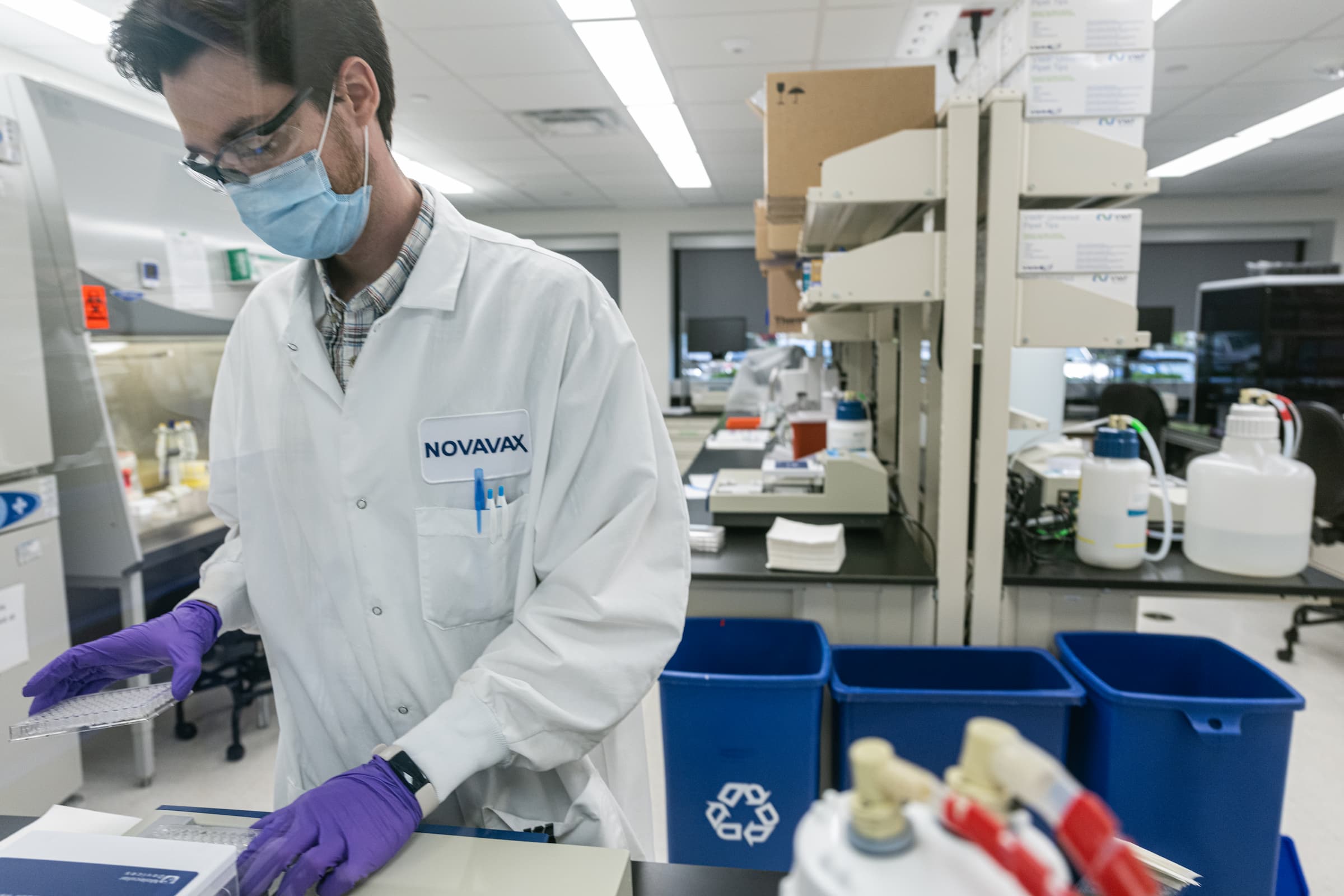
A scientist works in a laboratory at the Novavax facility in Gaithersburg, Maryland (Jon Cherry/Bloomberg via Getty Images)
Novavax tempers its revenue expectations as it unveils PhIII data for bivalent booster
As Novavax reports third quarter results, the vaccine maker is tempering its expectations once again on Covid-19 sales.
Sign up to read this article for free.
Get free access to a limited number of articles, plus choose newsletters to get straight to your inbox.